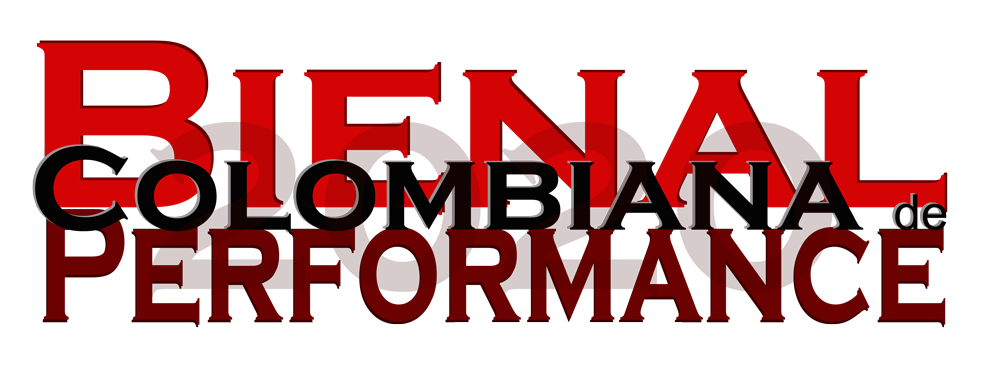Derrotero – Grecia Quintero – Cúcuta – Video Performance
En medio de otro choque político generado en enero del 2019 gracias a las provocaciones realizadas por Colombia y su consentimiento al concierto “VENEZUELA Aid Live” Venezuela vuelve a cerrar sus puertas al ver violentada su soberanía. Haciendo que las trochas se convulsionaran y estallara su apogeo, disparando la construcción de estructuras improvisadas a modo de puentes; hoy cada dos metros encontramos una a lado y lado del puente sin importar la presencia de bases militares, policía y migración.
En ese momento las trochas son intervenidas por sus usuarios y es escenario de creación, re significando por un momento la relación de tensión entre el uso público de un espacio natural - el río y el puente improvisado - custodiado por grupos armados. Mientras realizamos el trabajo como equipo, teníamos los ojos de los “dueños” de las estructuras vigilando desde el costado venezolano, para nuestra sorpresa solo observaron, ya que inmediatamente bajamos de la pasarela retornábamos y salíamos del territorio. Una acción de un minuto, coordinada y coreografiada para terminar solucionando insitu por las condiciones que encontramos, produjo en todos los que participamos una sensación de alivio al reclamar nuestro libre tránsito, nuestro derecho a habitar un territorio que nos pertenece, el miedo no nos ganó, ni tampoco los intereses políticos o económicos de quienes se encargan de alimentar el malestar que ha convulsionado nuestra casa.
Colombia and Venezuela share a border of 2.219 kilometers (1.378 milles). The territories that make up this point of union between the countries are zones that have been forgotten by the states. Norte de Santander and the state of Táchira developed a symbiosis to cover the economic, educational and medical needs among others, their inhabitants belong to binational families where it is not clear if the family origin is from one country or the other. Between 2005 and 2016 the border was closed 6 times by decision of the Colombian state and 14 times by the Venezuelan state. From that moment on, Venezuela closed the border definitively, cutting off the natural flow and only agreeing, due to social pressure, to allow walking access from 5 in the morning to 8 at night. Just as legal access was transformed, the trails, alternative routes (not authorized by the state) that crossed private farms or vacant lands, became roads administered by armed groups, becoming even more required with each closure. Citizens of both countries circulate along these trails, as well as drug trafficking, human trafficking, arms, food, medicine, etc. In the midst of another political clash generated in January 2019 thanks to the provocations carried out by Colombia and its consent to the "VENEZUELA Aid Live" concert, Venezuela closed its doors once again upon seeing its sovereignty violated. Making the trails convulse and explode their apogee, triggering the construction of improvised structures like bridges; today every two meters we find one on both sides of the bridge regardless of the presence of military bases, police and migration. On May 15 of the same year, this piece was made in collaboration with a group of inhabitants who crossed daily, having to pay a price that varies according to the resources they need to take with them. It begins in Colombian territory and ends in Venezuelan territory. The idea is to reproduce the daily action of crossing and carrying as a means of survival, a previously naturalized strategy that has now been transformed into a "clandestine" exercise with its respective implicit risk. The body is always the one that is moved, the one that carries, the one that is the means and the machine of support, that is why now it is put into the body as an object to be carried and moved, which requires a collective work of custody for its protection and strength to support the weight. At that moment, the trails are intervened by their users and it is the scene of creation, re meaning for a moment the relationship of stress between the public use of a natural space - the river and the improvised bridge - protected by armed groups. While we worked as a team, we had the eyes of the "owners" of the structures watching from the Venezuelan side, to our surprise they only observed, since we immediately got off the footbridge and returned and left the territory. A one-minute action, coordinated and choreographed to end up solving on site the conditions we found, produced in all of us who participated a sense of relief in claiming our free transit, our right to inhabit a territory that belongs to us, fear did not win us over, nor did the political or economic interests of those who are responsible for feeding the unrest that has convulsed our house. cr PerfoArtNet |
